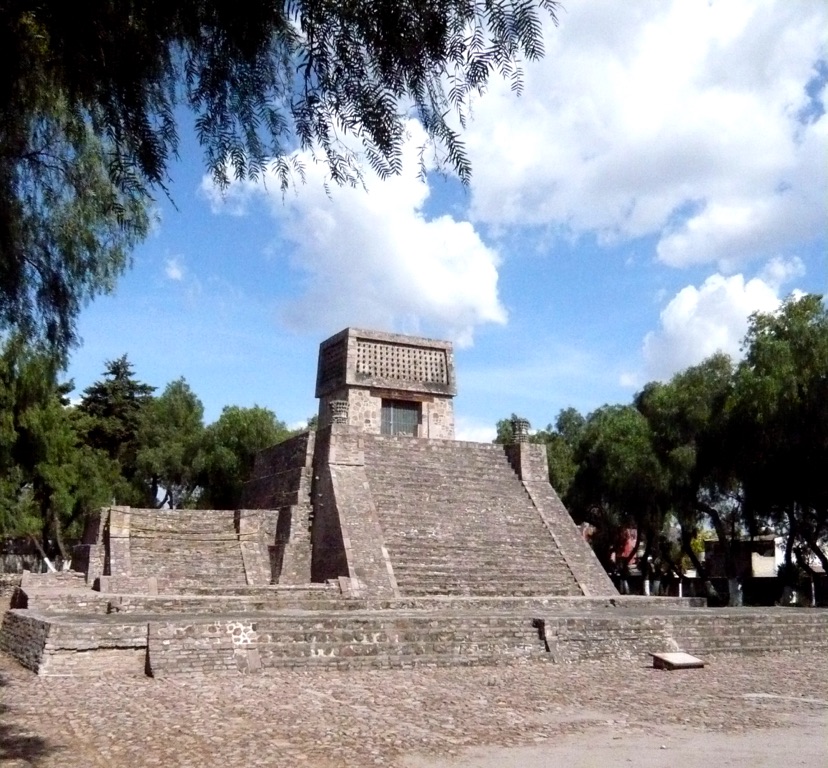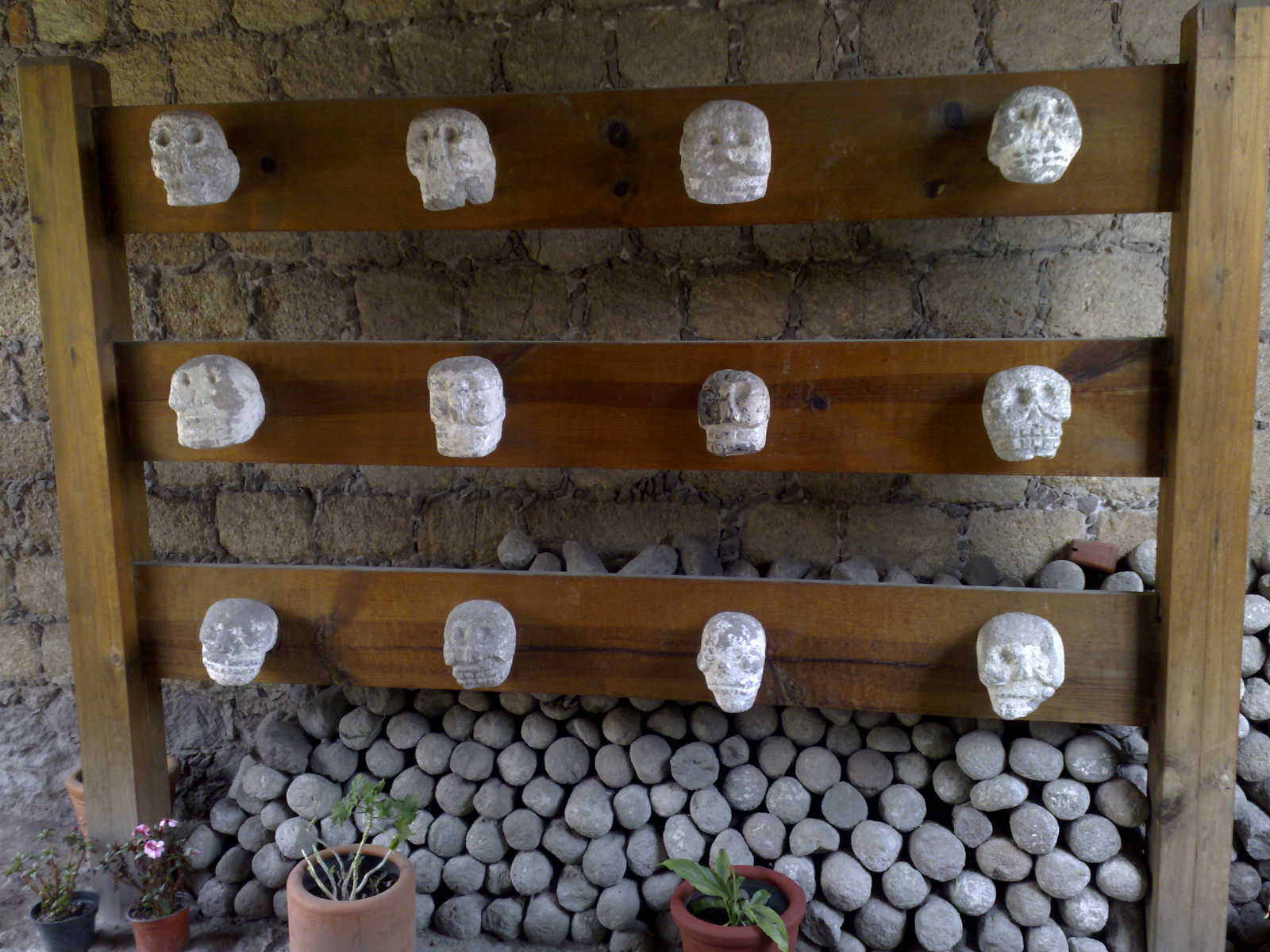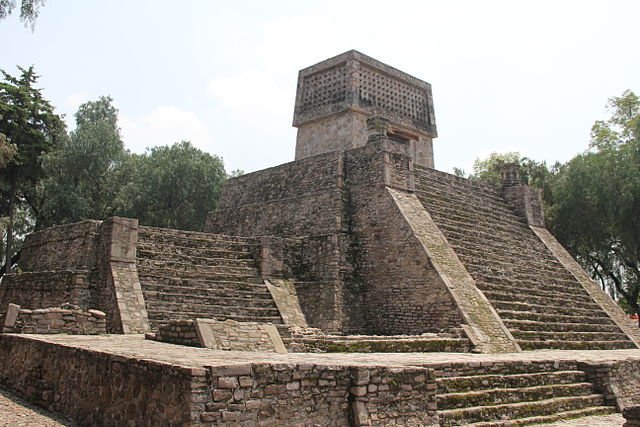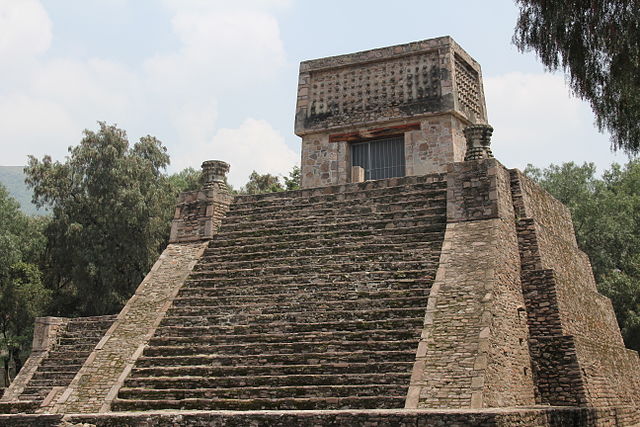Santa Cecilia Acatitlan: A Historical Overview
Santa Cecilia Acatitlan is a significant archaeological site located in the municipality of Tlalnepantla de Baz, in the State of Mexico. The site is known for its well-preserved Aztec temple and is believed to have been an important ceremonial center during the Postclassic period. The area was initially inhabited by the Otomi people before being conquered by the Aztecs in the 15th century. The site provides valuable insights into the architectural style, societal organization, and religious practices of the Aztec civilization.
Get your dose of History via Email
What is the historical significance of Santa Cecilia Acatitlan and what civilizations have inhabited it?
Santa Cecilia Acatitlan holds a significant place in Mesoamerican history. Initially inhabited by the Otomi people, the area was later conquered by the Aztecs, who established it as a ceremonial center. The Aztecs constructed a temple dedicated to the wind god Ehecatl, highlighting the site’s religious significance. The presence of both Otomi and Aztec influences in the archaeological findings provides a unique perspective on the cultural interactions and transformations that occurred in Mesoamerica during the Postclassic period.
The conquest of Santa Cecilia Acatitlan by the Aztecs marked a significant shift in the region’s cultural and political landscape. The Aztecs incorporated the area into their empire, which extended across much of present-day Mexico. The influence of the Aztec civilization is evident in the architectural style and religious artifacts found at the site.

What are some of the key archaeological discoveries that have been made at Santa Cecilia Acatitlan?
Archaeological excavations at Santa Cecilia Acatitlan have yielded a wealth of artifacts and architectural features that shed light on the site’s historical and cultural significance. The most notable discovery is the temple dedicated to Ehecatl, the Aztec wind god. The temple, which is remarkably well-preserved, features a circular design that is characteristic of Ehecatl temples.
In addition to the temple, archaeologists have uncovered a variety of artifacts, including pottery, stone tools, and figurines. These findings provide valuable insights into the daily life, religious practices, and artistic traditions of the Aztecs. The presence of Otomi artifacts also attests to the site’s earlier history as an Otomi settlement.
What is known about the architectural style and societal organization of the ancient city of Santa Cecilia Acatitlan?
The architectural style of Santa Cecilia Acatitlan reflects the influence of the Aztec civilization. The temple dedicated to Ehecatl, for example, features a circular design that is characteristic of Aztec architecture. The temple’s intricate stone carvings and sculptures also showcase the Aztecs’ artistic skills and religious beliefs.
The societal organization of Santa Cecilia Acatitlan can be inferred from the site’s architectural layout and archaeological findings. The presence of a large ceremonial center suggests that religion played a central role in the society. The variety of artifacts found at the site, including pottery and stone tools, indicates that the inhabitants engaged in a range of economic activities, such as farming, pottery-making, and stone-working.

How is the archaeological site of Santa Cecilia Acatitlan being preserved and protected for future generations?
The preservation and protection is a priority for the Mexican government and local authorities. The site is managed by the National Institute of Anthropology and History (INAH), which oversees its maintenance and conservation. INAH has implemented measures to protect the site from environmental damage and vandalism, such as fencing off the area and providing security personnel.
In addition to these protective measures, INAH also conducts ongoing archaeological research at Santa Cecilia Acatitlan. This research not only contributes to our understanding of the site’s history and cultural significance, but also informs its conservation efforts. By studying the site’s archaeological materials and architectural features, INAH can develop strategies to preserve these resources for future generations.
What are some of the key architectural features or artifacts discovered at Santa Cecilia Acatitlan?
The key architectural feature is the temple dedicated to Ehecatl, the Aztec wind god. The temple’s circular design and intricate stone carvings are characteristic of Aztec architecture and provide valuable insights into the civilization’s religious beliefs and artistic traditions.
In addition to the temple, archaeologists have uncovered a variety of artifacts at Santa Cecilia Acatitlan. These include pottery, stone tools, and figurines, which attest to the daily life and economic activities of the site’s inhabitants. The presence of both Aztec and Otomi artifacts also reflects the cultural interactions and transformations that occurred in Mesoamerica during the Postclassic period.

Conclusion
Santa Cecilia Acatitlan is a significant archaeological site that provides valuable insights into the history and culture of Mesoamerica. The site’s well-preserved Aztec temple, along with its diverse array of artifacts, attest to its historical significance and cultural richness. Through ongoing research and conservation efforts, Santa Cecilia Acatitlan continues to shed light on the architectural style, societal organization, and religious practices of the Aztec civilization.
For further reading and to validate the information presented in this article, the following sources are recommended:

